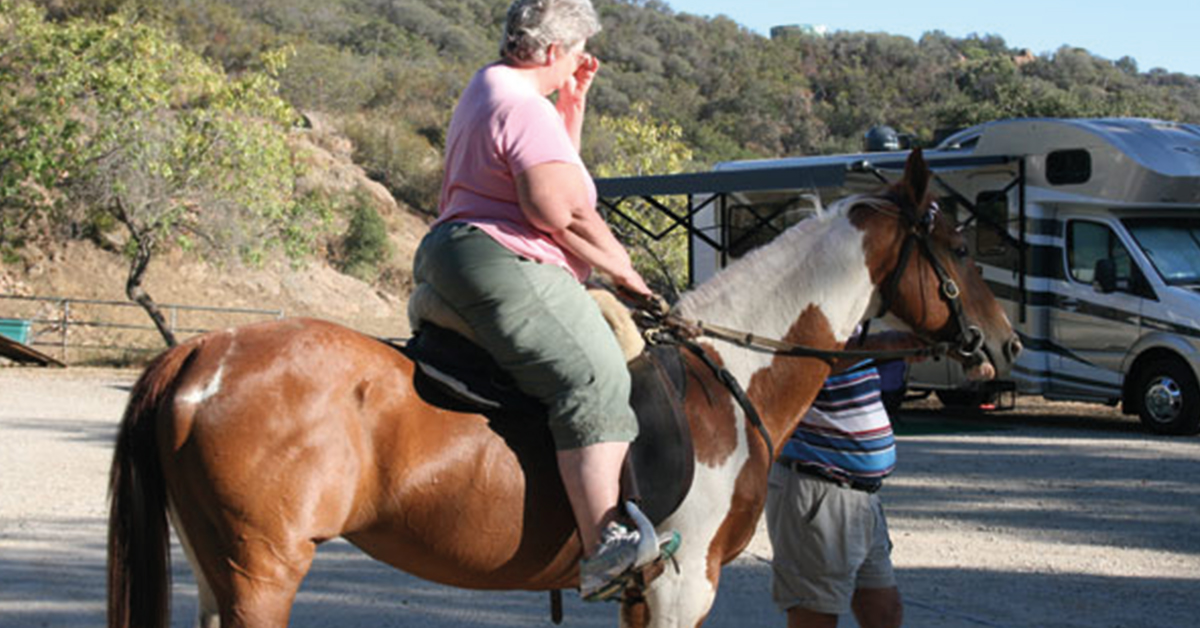The most important thing to match in equine riding, then, is the rider to the horse. Selecting a correct horse for carrying the weight of heavier riders would not only make a difference in the experience of a rider but also, significantly matter to them in health and performance areas. This means full consideration of breed, structure, and temperament so that all riders can lead their horses into safe and rewarding partnerships. Here is a comprehensive look at some of the best horse riding for heavy riders along with considerations on size, strength, and temperament to make the best choice.
Why Horse Selection Matters for Heavy Riders
It’s an understanding of how much weight a horse can safely carry to choose the right horse for the heavier rider. All experts generally agree that no horse should carry more than 20% of its body weight with rider and tack. Overloading a horse may lead to physical pains and even long-term joint and hoof problems. A horse that’s strong and calm will suffice a heavier rider since such a horse won’t exert too much pressure and can provide comfort and durability to the rider for an extended period.
However, conformation also plays a role. The more muscular-backed, stronger-hind-quartered horse is suited to better carrying heavy riders. Among the following breeds, strength, durability, and gentleness ensure they are among the best horses for heavy riders.
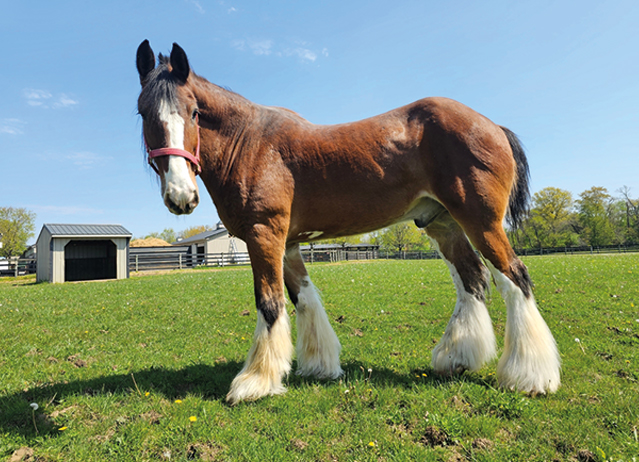
1. The Clydesdale
These are famous draft horses for heavy riders that keep up their reputation in terms of grand size and strength, while also keeping a sound disposition. Bred for heavy farm and industrial work, they are built to carry tremendous weight. An average Clydesdale is between 16 and 18 hands in height, or between 64 and 72 inches at the shoulder, and weighs around 1,600 to 2,200 pounds. This makes them ideal for a rider who puts on the pounds. Their long hindquarters and large back, evenly distribute the loads so that they can carry weight more than usual light-riding do comfortably.
Other than strength, Clydesdales are also recognized to be calm and laid-back. They make a favorite of heavy riders who may have little experience at all riding a horse. Its easy-going nature and pliability make it excellent animals for trail riding or casual riding sessions.
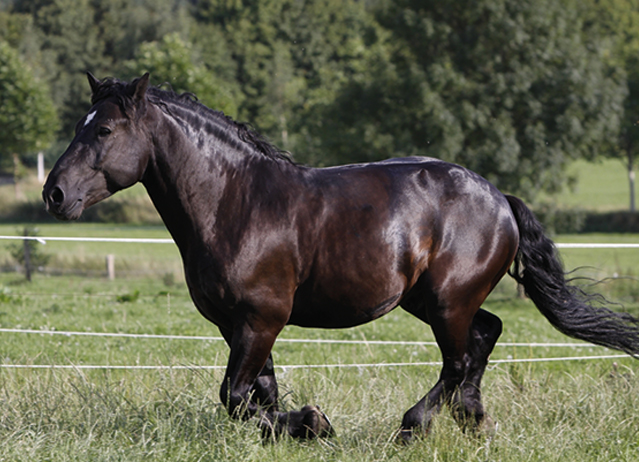
2. The Percheron
Percherons are also a draft breed, making them ideal horses for horse riders who are capable of carrying heavier weights. Originating from France, these are known for their strength and are certainly agile and intelligent. The typical size for Percherons is between 15 to 18 hands, weighing in at 1,800 to 2,600 pounds. Their muscular build and the thickness of their legs enable them to carry heavier riders, even over longer distances.
While some draft horses are slow and docile, Percherons offer a unique blend of power and grace, making them agile and responsive. These horses for horse riders are often preferred by those seeking a rugged, strong capable of holding much weight without sacrificing speed or movement. Their versatility makes them an excellent choice for riders who want a reliable and energetic companion.
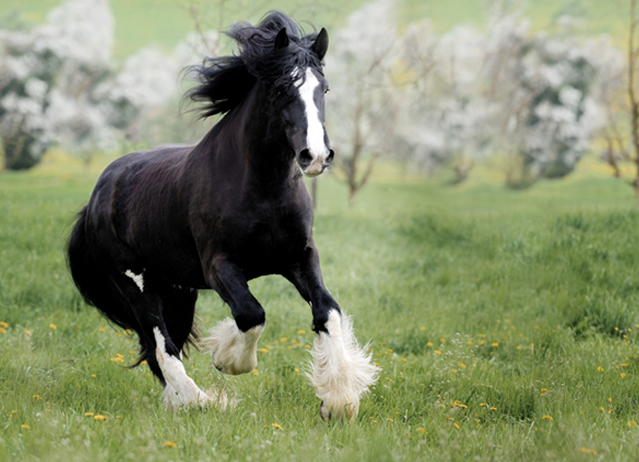
3. The Shire
The Shire is one of the biggest horse breeds in the world and can often be found at the top of lists for carrying heavier riders. Although originating in England, this breed was known for its enormous strength and relatively calm temper. Standing at an impressive 16 to 19 hands and weighing much more than 2,000 pounds, the Shire would carry weight without effort. Their large hooves, sturdy bones, and strong hindquarters make them especially suited for carrying heavier riders over varied ground.
Shires also have a stable, docile nature, making them ideal mounts for both novices and the most experienced riders. Their natural endurance and calm nature make them great for trail rides or work on a farm, where stamina and patience are of paramount importance.
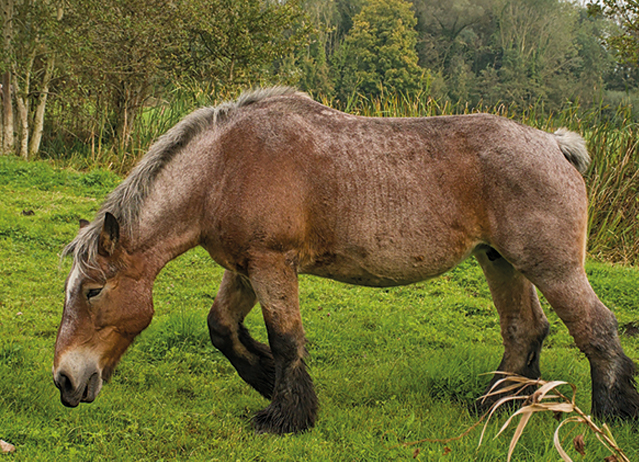
4. The Belgian Draft
Another heavy breed is the Belgian Draft. They are specifically designed for heavier riders, and some of them were originally bred for farm purposes. Horses with this breed are built quite muscular and robust, and as such, they easily carry loads. Belgians range between 16 and 17 hands and weigh between 1,800 to 2,200 pounds.
Belgian Drafts are quiet, gentle animals, so well well-suited for beginners. They are easily trainable, not very demanding, and tolerant of a wide variety of riding situations. Mainly due to this reliability and strength, the Belgians are often preferred for work and play.
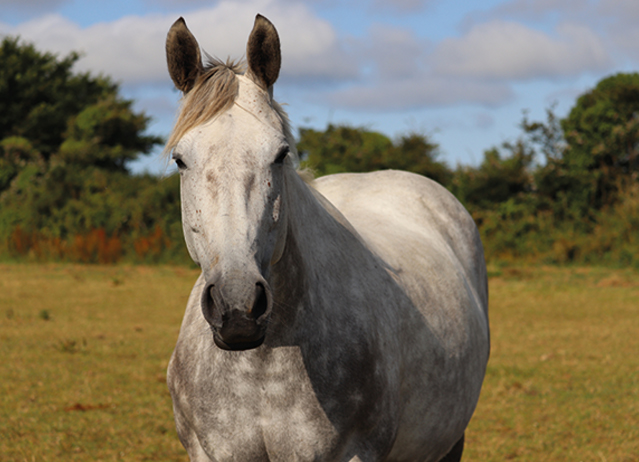
5. The Irish Draught
This is one versatile breed known for its strength, agility, and athleticism. The Irish Draught is originally was bred in Ireland for farm work and transportation but has long been popular in all riding disciplines. The average size of an Irish Draught is between 15 to 17 hands tall, and they weigh around 1,400 to 1,700 pounds. That would be good for heavier riders who want an agile athlete.
The Irish Draughts are renowned for their good nature and docile nature, which can make it such a delight to have a partner on the trail in events, and even in jump. They really can carry big riders with grace, due to their strength and agility, maintaining all the flexibility and movement required for different riding styles.
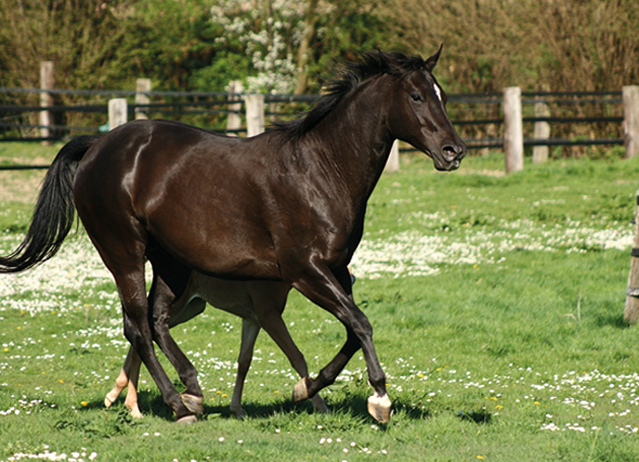
6. The American Quarter Horse: Strength in a Compact Frame
Although not a draft, the American Quarter is another good choice for heavier riders, especially for someone who may not need massive stature. Quarter Horses are square-built, muscled, with strong hindquarters and a well-developed chest, but also amazingly capable of carrying more weight. Quarter stand taller between 14 to 16 hands and weigh 1,000 to 1,200 pounds, though not as large as draft breeds are meant for strength, stamina, and agility.
The American Quarter is very versatile, as they can perform any kind of activity, including trail riding and rodeos. Versatility good willingness to work and friendly nature make them excellent for novice and experienced riders who are always on the lookout for a reliable, strong.
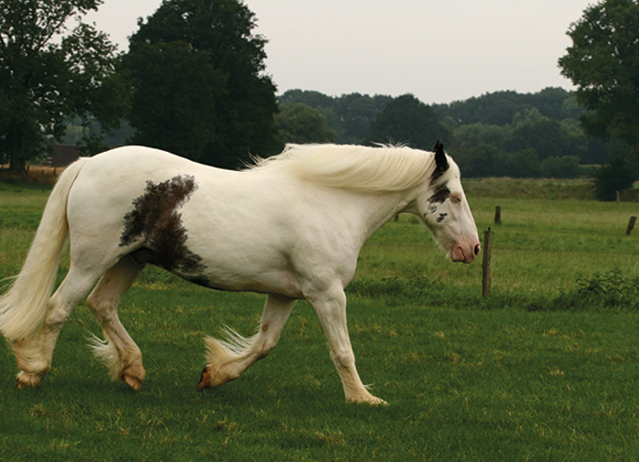
7. The Gypsy Vanner: Small but Mighty
Heavier riders also will be suited to the Gypsy Vanner, as it can be readily identified by its feathered legs and colorful coat patterns. Though more compact than many draft breeds, standing about 13 to 15 hands high, and weighing around 1,100 to 1,600 pounds, Gypsy Vanners boast a very strong, compact frame allowing them to carry much more weight than is expected.
Gypsy Vanners are known to be calm and friendly; they will suit any recreational rider who needs a steady, dependable mount, in particular, their manageable size combined with their strength and gentle nature makes them a popular breed among riders who may need a bit of extra support.
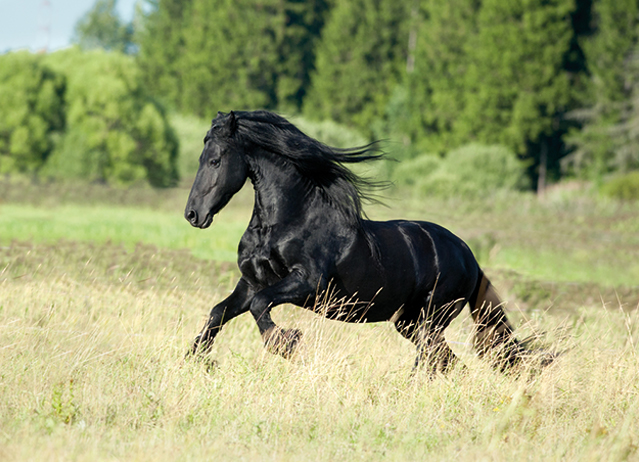
8. The Friesian: Elegant and Strong
Friesians have a very stunning appearance: the coat is black, the mane is flowing, and they have a high-stepping gait. They originate in the Netherlands and, apart from being beautiful, are very powerful. These horses stand between 15 and 17 hands, weigh between 1,200 and 1,400 pounds, and have a well-developed body as well as a strong bone structure to carry heavier riders with ease.
Friesians have a tranquil, genial temperament and come with fine versatility. Though they are used in dressage because of their elegance, they are especially well-suited to pleasure riding and trail riding. Of course, their beauty lends them to be a favored breed for anyone who wants aesthetics and function.
Factors to Consider When Choosing a Horse Riding for Heavy Riders
Besides the breed, there are a few other things to make sure you enjoy a comfortable ride:
- Conformation: The horse should have a short, strong back, and a well-muscled body, giving leverage to spread the weight.
- Bone Density: The horse that has more muscle mass with a higher circumference around the legs and with more robust hooves will carry weight.
- Temperament: A sedate, steady horse is preferably preferred since they are less likely to get stressed out with all the extra weight added.
- Physical Condition: A fit and conditioned horse can more easily carry a heavy rider over time.
- Age: The younger the horse, the more ineffective its muscles are in growth, making it more awkward, so the heavier person will pull over its strength; mature horses, 6-12 years old, are better for this kind of load.
Training and Conditioning for Success
The proper conditioning of a horse goes along with choosing the right breed, and it needs a good knowledgeable trainer. Proper exercise, diet, and grooming will help keep the horse strong, limber, and healthy. It also helps in preparing the horse and rider for varied riding environments trails, fields, or competition arenas.
Helmets For Horse Riders
Riding helmets are one of the very important safety products for horse riders, providing important protection during falls or accidents. Constructed from strong materials and fit with complete comfort, riding helmets protect both recreational rides and the competencies of riders. There are also different styles and integrated adjustable straps, ventilation, and impact-resistant layers that make sure there is no discomfort during competitions. Wearing a helmet, one will avoid catastrophic injuries, which makes a helmet an indispensable item of equipment for riders of any level of experience.
Spurs For Horse Riders
Spurs are small metal tools or accessories attached to the rider’s boot, used softly to cue and communicate with a horse while riding. Spurs are attached at the heel side of the riding boot; they bring gentle pressure on the horse’s side to elicit exact movements or increase responsiveness without the use of many legs by the rider. Spurs are heavily used by experienced riders requiring delicate control, especially in the disciplines of dressage, show jumping, or western riding. Spurs for horse riders may be made in a variety of styles or designs, and are used to enhance a rider’s riding style, as well as a particular temperament of horse. Therefore, care must be taken in their use as improper application may lead to damage with gentle, controlled usage important.
What is the Weight Limit for a Horse Rider?
One of the most commonly asked questions from horses for heavy riders is regarding the capabilities of a horse. How much weight can bear without being strained or over-burdened? There are many theories around, but one rule of thumb is always applicable. They can safely carry about 20% of its body weight. So, for example, if you weigh 250 lbs (113 kgs), then you will need a mount weighing 1,250 lbs (around 550 kgs). It all comes to simple mathematics. And once you understand that some mounts on the list here can weigh above 1,000 kilos (2,200 lbs), then you know that there is more than enough to choose from and that each rider would find his mount.
Still, however, some rational boundaries do exist, or at least should be. If you are a larger person, but you have this desire to ride, it’s probably not one of your safer options. Plus-size persons typically have difficulty with balance, and that’s a thing to be had when in the saddle. Apart from the possibility of burdening your mount, you might also fall off and bruise or injure yourself in case you lose balance. In any case, it is always best to find the middle and respect your capacity and that of the mount as well. Most experts agree that a rider should not exceed 300 lbs (137 kilos) to be considered within the weights permissible for them. Above that, it is a risk to well-being since it might end up badly injured from such weights.
Related: 9 Toxic Horse Food/Horse Feeds

